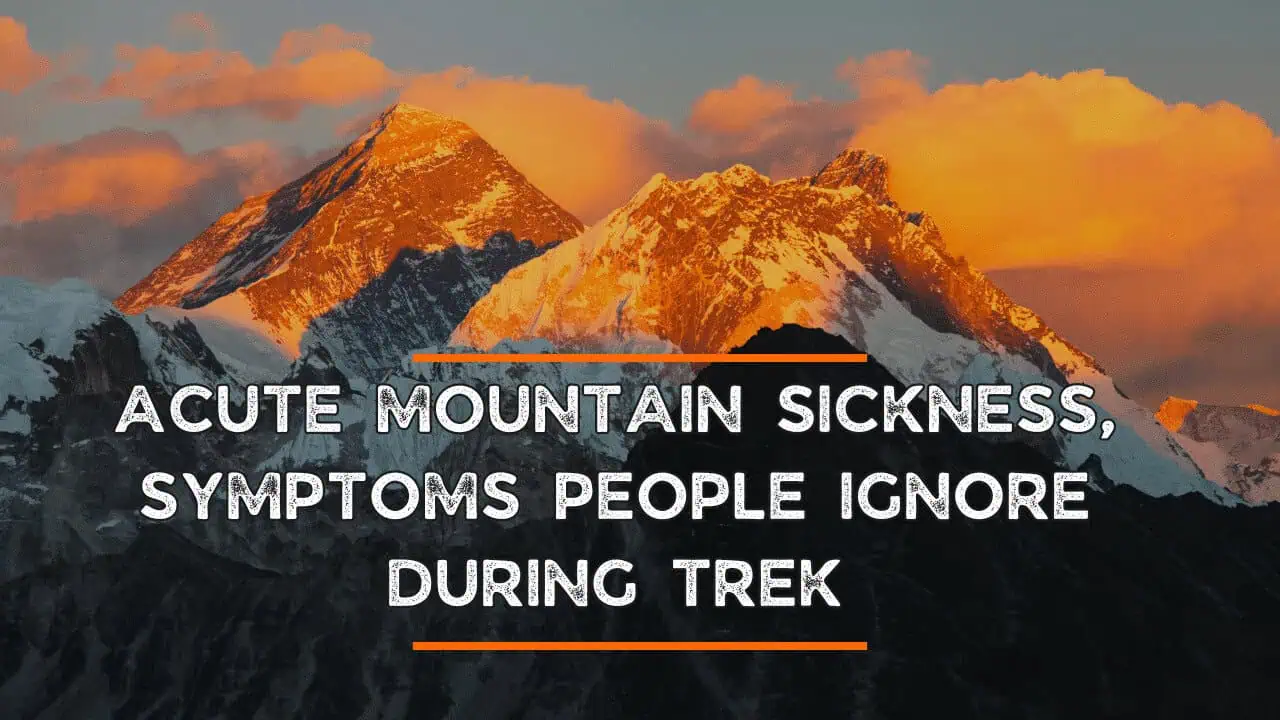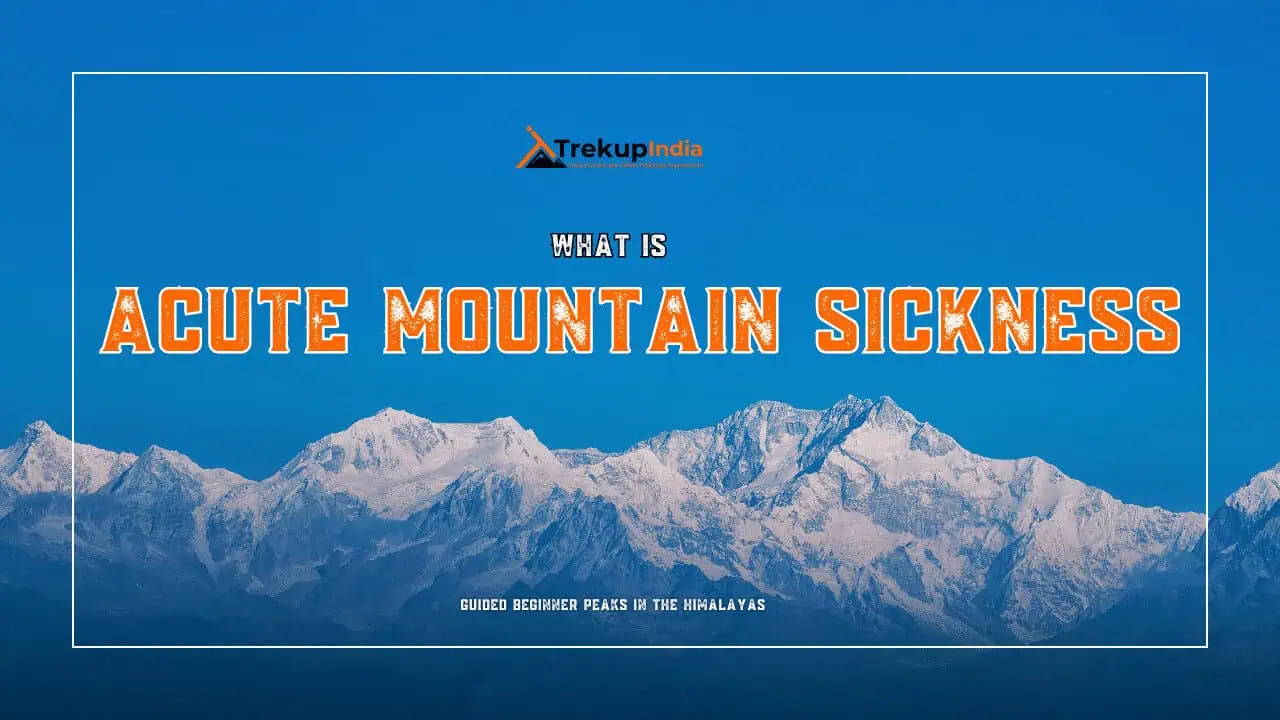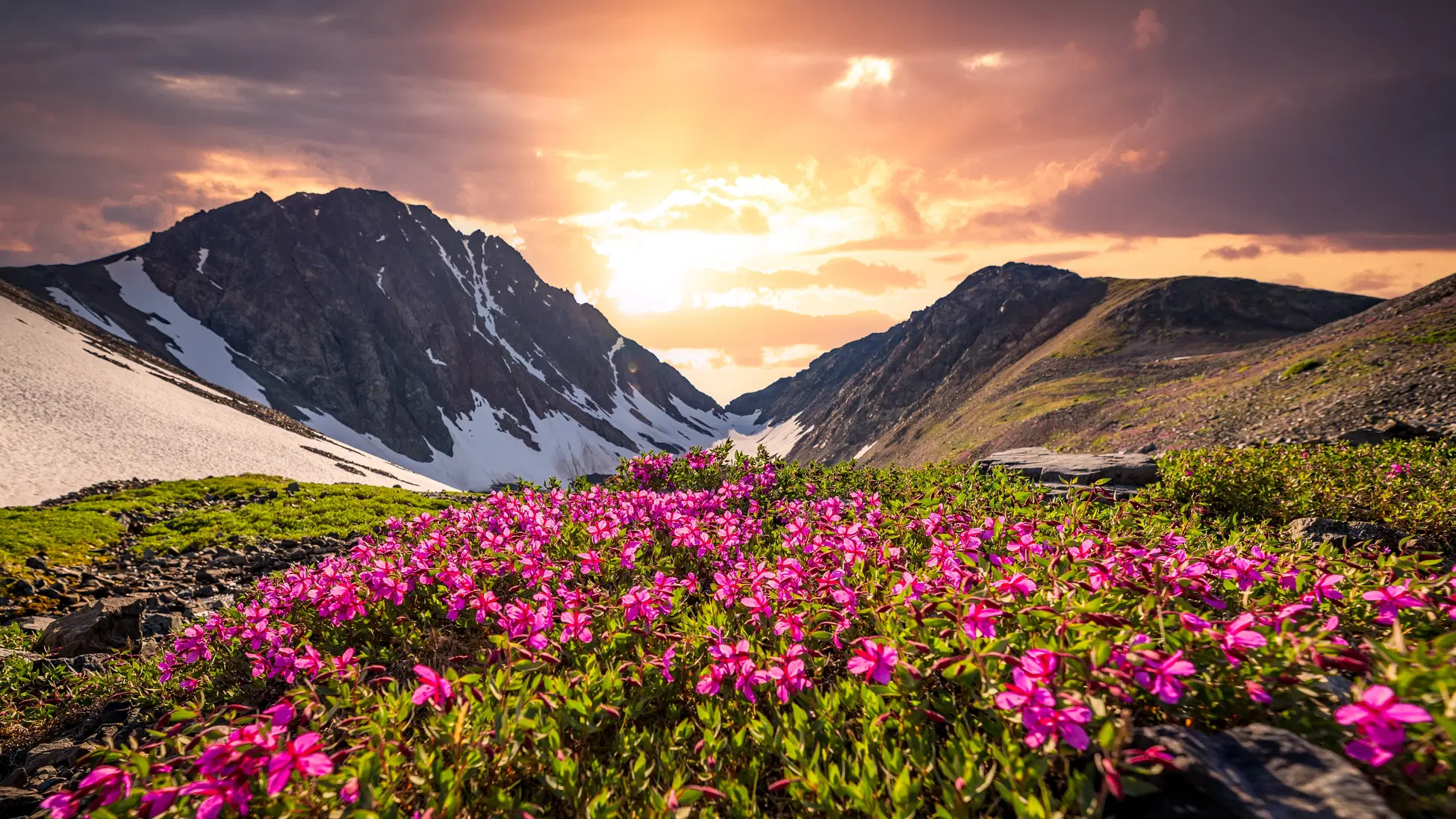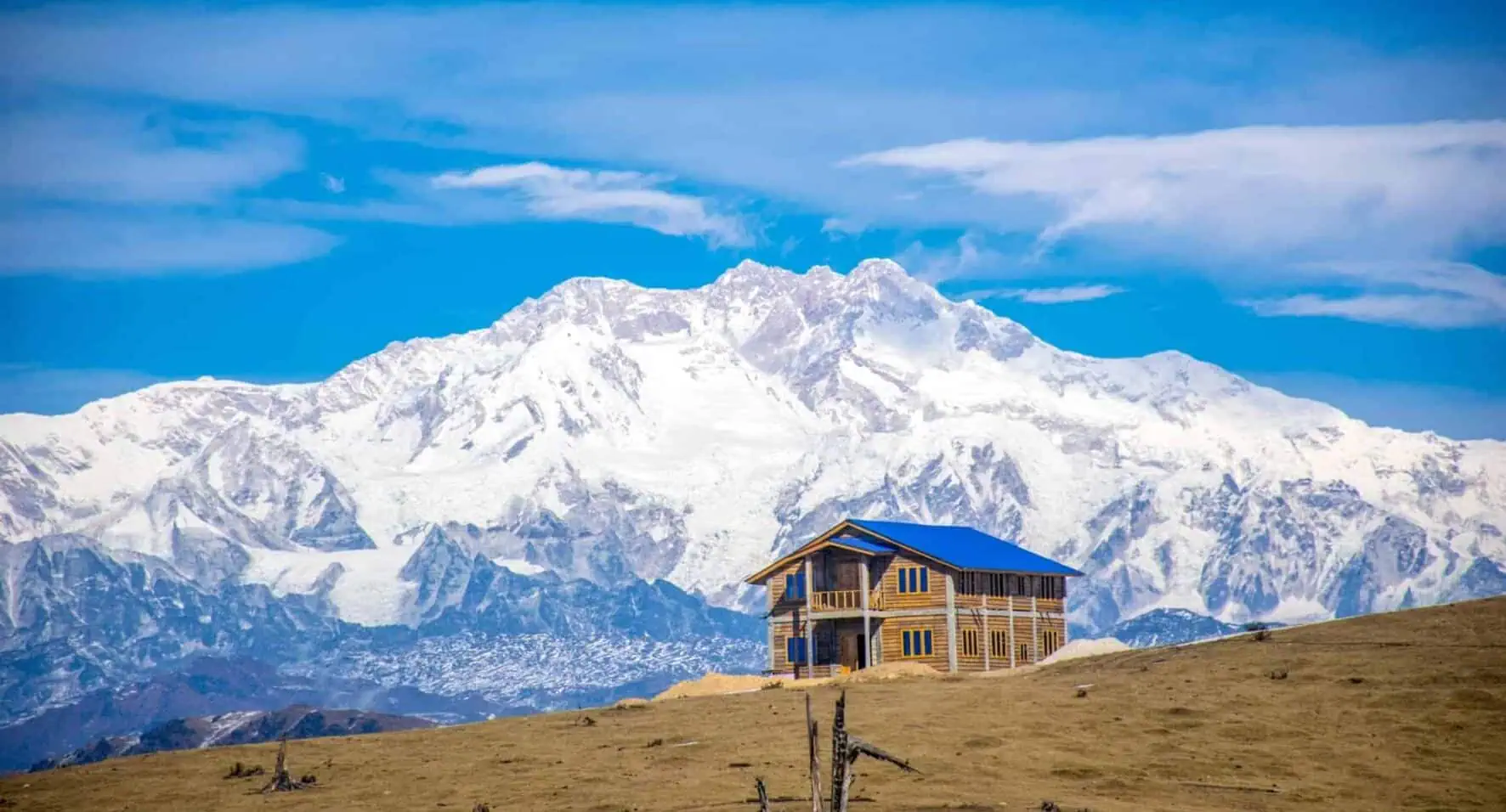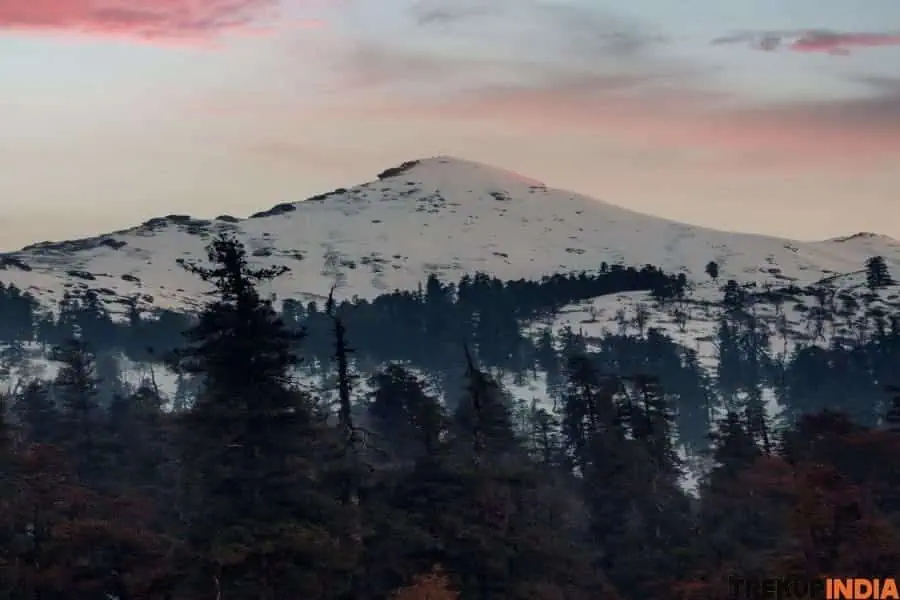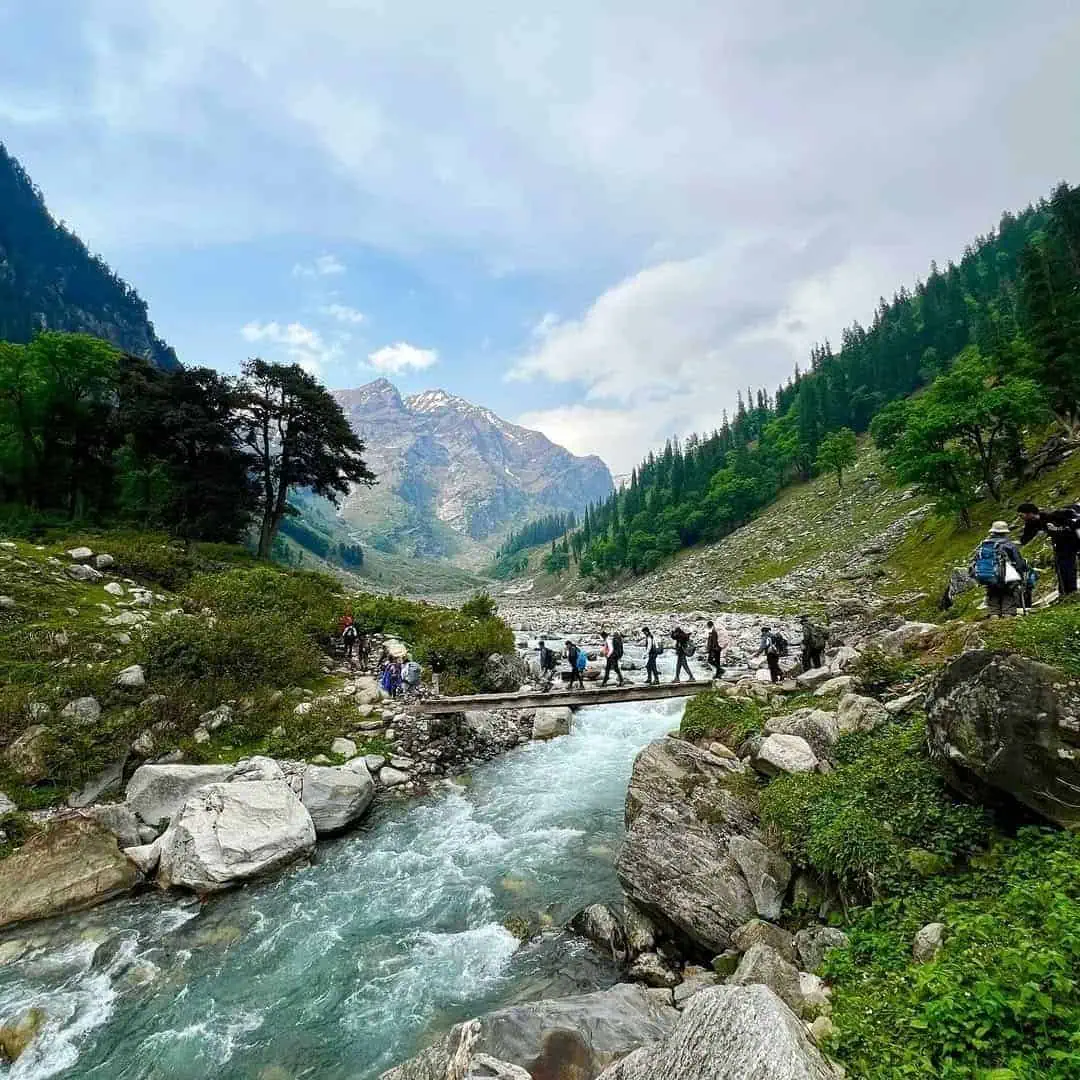Trekking Pole Techniques & Benefits for Indian Trails
Trekking poles may often go unappreciated; however, their use can transform India’s many trails, ranging from Himalayan slopes to Western Ghat trails. From beginners and veteran trekkers alike, using poles correctly can greatly enhance stability during treks while decreasing fatigue levels as well as risk for injuries. This article will show how to get maximum benefit out of them.
Why Use Trekking Poles and What Are Their Key Advantages
1. Better Balance and Stability
Indian trails can be unpredictable, often featuring loose rock, muddy patches, and river crossings – trekking poles provide additional legs to provide support over rough Terrain.
2. Decreased Joint Impact
Steep trails place undue stress on knee joints. Poles help ease this strain by 20-30 percent, which makes a big difference when trekking for extended distances.
3. Increase Endurance
Lean on your hands and poles to distribute effort across your upper body and make the climb uphill more manageable while conserving energy. This helps make climbing more manageable while saving energy on each attempt at climbing.
4. Multi-Purpose Tool, Stream Crossings
Defense strategies against unwanted dogs or other animals (rare but very helpful)
Ultralight tents rely on poles as support structures, giving the structure some form of strength.
Trekking Pole Techniques for Indian Terrain
1. Adjusting Length
Uphill, shorten your poles so you have more pushing power.
Downhill The Length will help build strength in your legs to reduce knee strain.
Flat Terrain: Adjust your body position so that the elbow is at an angle of 90 degrees when holding the pole.
2. Proper Grip and Strap Use
Always grasp with an even, yet loose grip, don’t press too hard against the strap.
Make proper use of wrist straps by sliding your hands up from the bottom to allow them to move naturally.
3. Rhythmic Walking
To create a natural walking rhythm, place the pole between both feet (left pole for the right foot or vice versa) so as to form natural steps. This method creates rhythmic steps.
Retrace your steps for an extra nudge forward.
4. Steep Descents & Ascents
Downhill, the plant is slightly forward to help regulate speed.
Moving uphill, move left somewhat before pushing back onto the poles to increase lift.
Finding the Perfect Trekking Poles for India
Different poles may not be equal. When selecting trekking poles for use in India, take into consideration several key aspects; Adjustable vs. Fixed Poles that can be adjusted can provide flexibility for various uses in all conditions; grasimi Material such as Aluminum (more durable but more costly) can be contrasted against Carbon fiber which offers lighter yet lighter solutions (but could cost more over time).
Common Mistakes to Avoid
Holding poles too tightly may cause wrist fatigue. Utilising incorrect Length will lower efficiency. Furthermore, tracing poles behind oneself wastes energy and time.
Conclusion
Trekking poles can be an economical investment that delivers huge returns: more stability, less fatigue, and safer walking on hazardous trails. If your trek takes you through Himalayan passes, balipass trek, har ki dun trek, then learning pole-handling techniques can make your trek much more comfortable and pleasurable.
Share this article
Want To Trek Like Pro?
Check out the following videos if you want to trek like a pro trekker and improve your skills. These videos contain helpful tips, tricks, and techniques to help you trek like a pro. Whether you’re a beginner or an experienced trekker, these videos can provide valuable insights to enhance your trekking experience. So, watch the videos below by Trekup India experts to take your trekking skills to the next level.
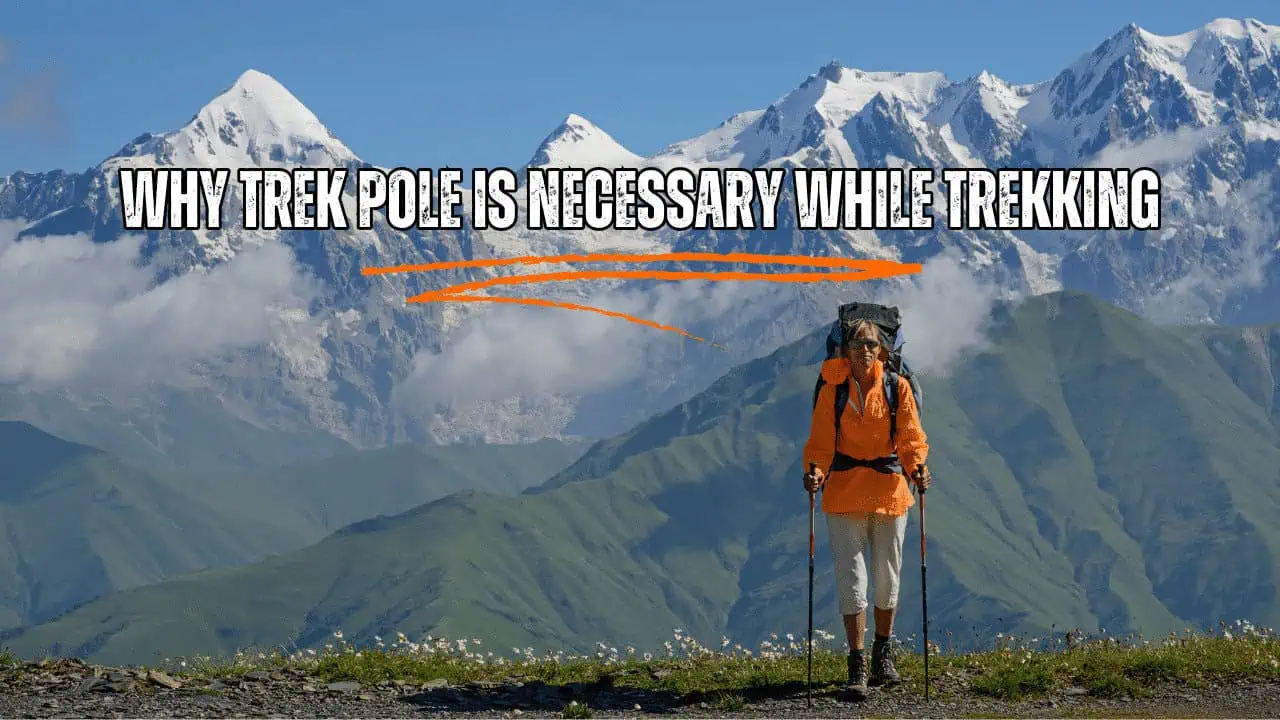






Know Everything About Acute Mountain Sickness
Acute Mountain Sickness is a medical condition that can occur when individuals travel to high altitudes, typically above 8,000 feet. It is caused by the decrease in air pressure and oxygen levels in the air as altitude increases. Symptoms of Acute Mountain Sickness may include headache, nausea, vomiting, dizziness, and difficulty sleeping. To avoid Acute Mountain Sickness, it is important to gradually adjust to high altitudes and seek medical attention if symptoms worsen. To learn more about this condition, check out the videos by Trekup India.
